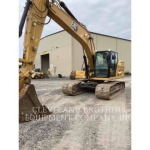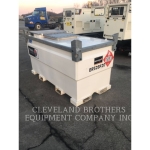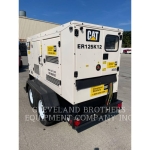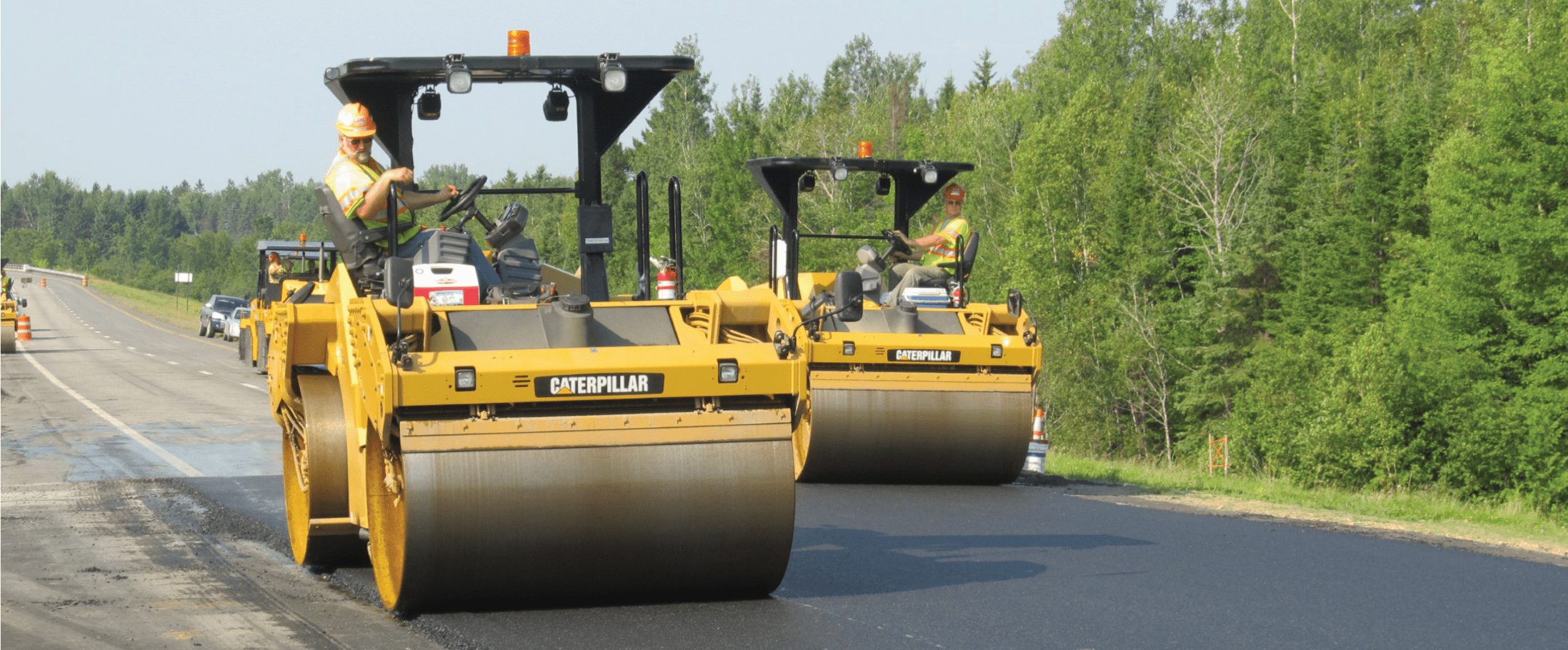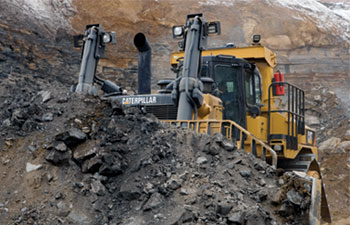Why Are Construction Material Prices Increasing?
Material costs have increased significantly for workers in contracting and construction industries, causing some builders to rework the pricing on their jobs. Even homeowners have been affected by the rising prices of construction materials, as some home improvement supplies have become almost unaffordable. Lumber and steel, two of the most popular construction materials, have experienced the most price increases, leading to a ripple effect for other supplies, like copper piping, drywall and vinyl siding.
Why Is the Price of Building Materials Going Up?
While some lumber price increases occurred due to western wildfires in 2020, the leading cause for rising construction prices has been the COVID-19 pandemic. Travel regulations and hundreds of plant and mill shutdowns worldwide have influenced pricing considerably. Moreover, there was often insufficient staffing to unload ships filled with these materials when the products were available.
According to the Wall Street Journal last spring, here are several specific examples of price increases:
- Lumber and crude oil: Lumber is more than double the average price for this time of year. Crude oil, a starting point for drain pipes, paint, flooring and roof shingle, has increased more than 80 percent since last October. Copper, which carries electricity and water throughout houses, costs about a third more than it did six months ago.
- Masonry materials: Prices for common brick, insulation, granite and concrete blocks have all elevated to record high prices in 2021, on the authority of the Bureau of Labor Statistic’s Producer Price Index (PPI), which measures the change in prices that producers receive for their output. Ceramic tiles and drywall are short of records but have also climbed significantly.
- Interior contracting supplies: Materials producers like paintmakers, flooring manufacturers and builders have been raising prices to pass along higher costs. Federal stimulus payments, low borrowing costs and a hunt for yield have caused investors to migrate into the home-rental business.
Other factors causing spikes in material prices and shortages are the inability to ship available materials by truck or rail consistently. Due to container and trucking shortages across the country, anything with significant shipping and logistics components can cause substantial turnaround time issues. Some contractors hope that lawmakers ease the enforcement of tariffs until the market stabilizes.
Construction Industry Trends for Material Price Increases
Current market trends for construction materials remain product-specific. Some prices appear to be stabilizing or moving downward, while others are still rising. Here are several highlights from the latest Producer Price Index report, released by the Bureau of Labor Statistics (BLS) on Sept. 10, 2021:
- General pricing: Despite a recent decline in lumber prices, overall building material prices have risen 19.4 percent during the past year.
- Steel: Steel products prices rose 10.8 percent in July, following a 6.2 percent increase in June. The pace has accelerated over the last two months, and prices have risen 108.6 percent over the past 12 months and 87.6 percent in 2021 alone.
- Gypsum: Gypsum prices increased 2.5 percent in July and are up 15.8 percent year to date. Over the past 12 months, the index has climbed 21.7 percent, the most significant 12-month increase since July 2006.
- Lumber: The good news is that lumber is trending downward. The PPI for softwood lumber decreased 29 percent in July, but it is still up 71.9 percent from its January 2020 level. Contractors and builders will continue to watch lumber prices closely, as any cost stability might indicate a return to pre-COVID levels.
- Concrete: Similar to lumber, the price for ready-mixed concrete is holding firm. After increasing 1.1 percent in June, the July prices did not change. These figures are another good sign for contractors.
- Copper: Some analysts believe copper prices will remain high for the foreseeable future. The critical factor for most metals will be supply chains and their ability to deliver materials across international borders. Delivery schedules remain prolonged as the pandemic continues to disturb the shipping industry.
- Regional trends: On a regional scale, the latest PPI indicates that material prices increased 0.6 percent in the Midwest and 0.6 percent in the West from June to July. Prices did not change in the Northeast, but they rose 0.6 percent in the South.
- Concrete forecast: Concerning long-term trends, prices for ready-mixed concrete have risen as much as 20 percent in the Northeast and West since July 2017. During that same time, concrete prices in the Midwest and South increased 9 percent.
Looking Ahead
Some predictors remain optimistic with their 2021 cost forecasts for construction material prices, while others feel the current trends might continue for the immediate future. While some building material prices may decrease, others like concrete will probably remain in high demand. The demand persists because many construction projects are already in progress, as the commercial building market remains steady. Even as shipping and inventory capacities improve, there will already be backed-up demand for concrete. Coatings World, an authoritative journal in the coatings industry, believes paint prices could increase from 3 percent to 7 percent by the end of the year. The National Association of Home Builders (NAHB) spring report indicates that the average price for a new, single-family home has inflated by almost $36,000 over the past 12 months, which is more than triple the 2020 average. The NAHB suggests soaring lumber costs as the primary reason for the price hike.
Contact Cleveland Brothers Today
Regardless of the materials market, the construction industry will remain steady as the world continues to push through the COVID-19 pandemic. Cleveland Brothers will be by your side for all your heavy equipment needs, whether you require new machines, rentals, parts or services. As a certified Cat® dealer throughout Pennsylvania, northern West Virginia and western Maryland, you can find the product and the service you need to make your business successful.
To learn more about how Cleveland Brothers can help your business, call us at 866-551-4602 or contact us online today.
This content is created and reviewed by the Cleveland Brothers team. With a customer-focused mission, Cleveland Brothers is dedicated to providing you with total solutions to keep your job running smoothly. Contact our team today for more information.

